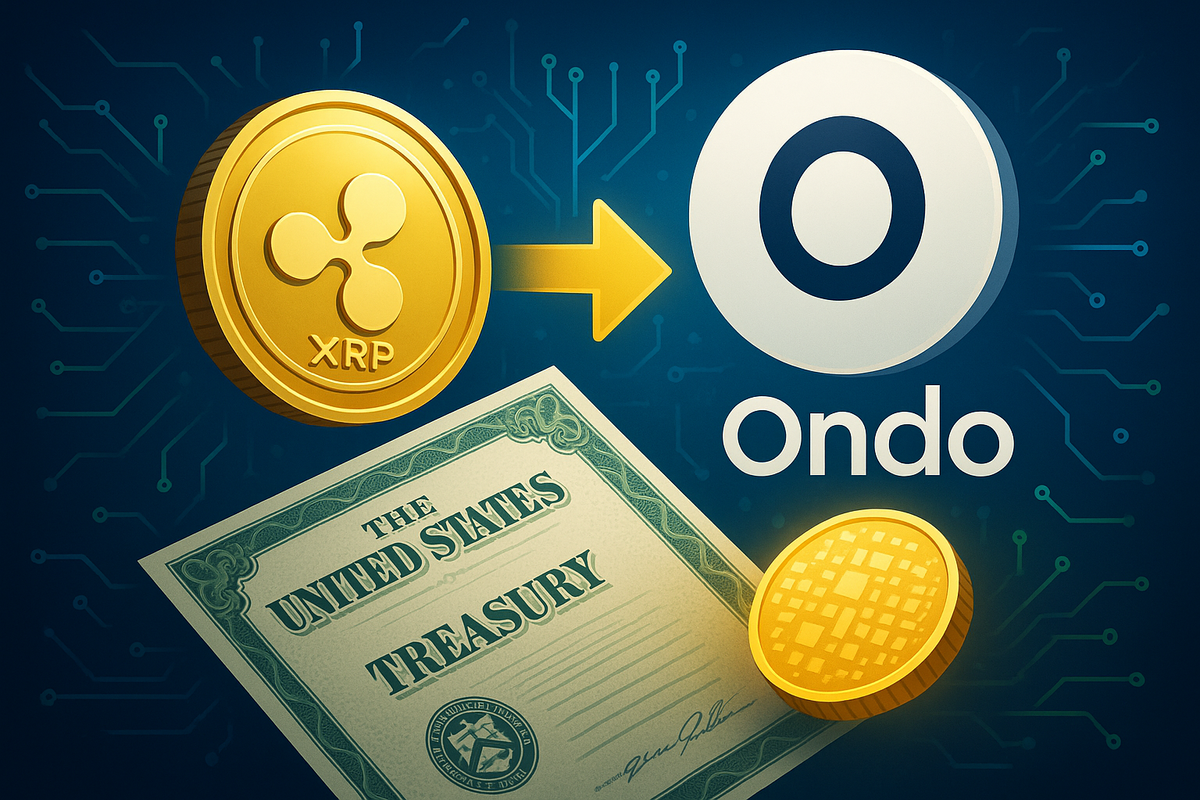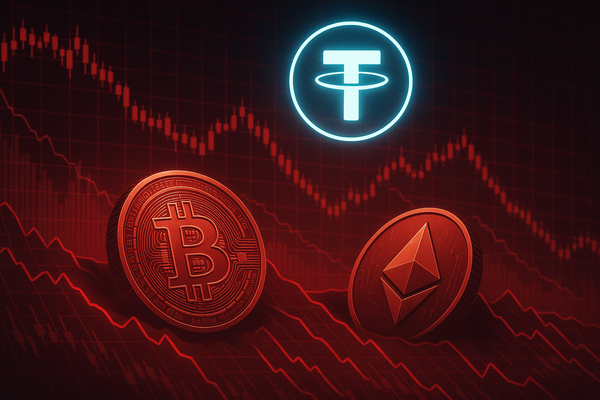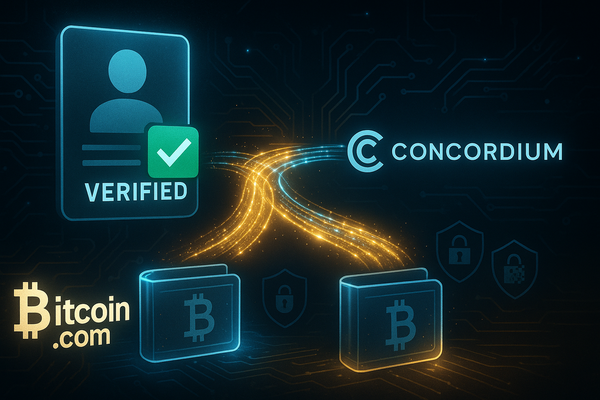Ripple and Ondo Join Forces to Tokenize U.S. Treasuries on XRPL
Ripple and Ondo have partnered to tokenize U.S. Treasuries on the XRP Ledger, opening a new era for real-world assets.

The global tokenization wave just got stronger. Ripple has announced a major partnership with Ondo Finance, one of the leading players in real-world asset (RWA) tokenization, to bring U.S. Treasuries onto the XRP Ledger (XRPL). This development is more than just another blockchain headline, it represents a pivotal moment in how financial markets, stablecoins, and tokenized assets are converging.
What Ripple and Ondo Are Building
Ondo Finance is already well known for its tokenized product OUSG, a digital representation of short-term U.S. government bonds. These are among the most trusted and liquid assets in the world. By bringing OUSG onto XRPL, Ripple and Ondo are creating a new settlement layer for tokenized Treasuries.
Here’s how it might work:
- Investors mint OUSG, backed by U.S. Treasuries.
- These tokens now move across XRPL, Ripple’s blockchain designed for high-speed payments.
- Minting and redemption will be supported by Ripple’s stablecoin (RLUSD), making the process smooth, compliant, and secure.
This setup allows institutions and traders to access tokenized U.S. Treasuries with the efficiency of blockchain, while still enjoying the safety and credibility of traditional finance.
Why Ondo Partnered With Ripple
A fair question arises: why would Ondo, which already operates its own RWA platform, choose to expand to XRPL? The answer lies in strategy.
Ripple brings three unique advantages:
- Global Network and Liquidity
XRPL is already deeply connected to financial institutions, payment providers, and remittance firms. By tapping into this network, OUSG can reach a broader audience than it could alone. - Stablecoin Infrastructure
Ripple’s RLUSD is designed to act as the bridge currency for minting and redeeming OUSG. This saves Ondo the effort of building liquidity rails from scratch while giving investors a trusted stablecoin option. - Institutional Trust and Compliance
Ripple has built its brand around compliance and regulatory dialogue worldwide. Ondo benefits from Ripple’s credibility, especially with institutional investors and regulators who may otherwise be cautious about tokenized assets.
Why U.S. Treasuries?
U.S. Treasuries are considered the safest and most liquid assets in global finance. By tokenizing them, Ripple and Ondo are unlocking an enormous market for blockchain adoption.
Tokenized Treasuries allow:
- Faster settlement compared to traditional financial rails.
- Fractional ownership makes them accessible to a broader range of investors.
- On-chain programmability, enabling new types of financial products and automated strategies.
In simple words, the world’s most secure asset is being merged with the world’s most efficient payment technology.
The Ripple–Ondo partnership is part of a bigger story. The real-world asset tokenization market has already crossed $30 billion in 2025, growing at nearly 100% year-on-year. Ethereum still holds the largest share, but we are moving toward a multi-chain future where different blockchains handle different asset classes.
Dubai, Singapore, and Hong Kong are already setting up legal frameworks to regulate tokenized finance. With Ripple and Ondo pushing Treasuries onto XRPL, U.S. regulators will be forced to consider the impact of tokenization on traditional capital markets.
Despite the excitement, tokenization is not without risks. Regulatory clarity remains patchy worldwide, and ensuring that tokens are properly backed by real assets requires strong audits and legal frameworks. Liquidity can also be limited in the early stages, and the cost of building compliant infrastructure is high.
But partnerships like Ripple and Ondo show that the big players are committed. The blending of traditional finance and blockchain is no longer just theory, it is happening at scale.
The Ripple–Ondo partnership to tokenize U.S. Treasuries on XRPL is a milestone in the evolution of crypto and global finance. It demonstrates how blockchain is moving beyond speculation into the heart of traditional capital markets.
Imagine if Pakistani investors, businesses, or even government funds could access tokenized U.S. Treasuries directly on-chain. It would give them exposure to the safest assets in the world without needing Wall Street intermediaries.
Pakistan struggles with dollar shortages and capital controls. Tokenized Treasuries could provide new ways to manage liquidity, hedging, and international payments, if regulations allow.
With the Pakistan Virtual Assets Regulatory Authority (PVARA) in formation, cases like Ripple and Ondo give a clear blueprint. Pakistan can study these models to build its own framework for tokenization, especially in real estate, agriculture, and remittances.
By engaging with tokenization early, Pakistan can position itself as a forward-looking market in the global digital economy. For a country already ranked among the top 5 in global crypto adoption, this could be a defining opportunity.
For Pakistan, it is a reminder that the world is moving fast. If the country wants to stay relevant, PVARA must look beyond regulating exchanges and think about how to bring real-world assets on-chain. Whether it’s real estate, agriculture, or even government bonds, tokenization could be the key to unlocking new capital and global trust.
The internet was once underestimated, but it reshaped everything. RWA tokenization is following the same trajectory. The question is not whether Pakistan will join but how soon.




